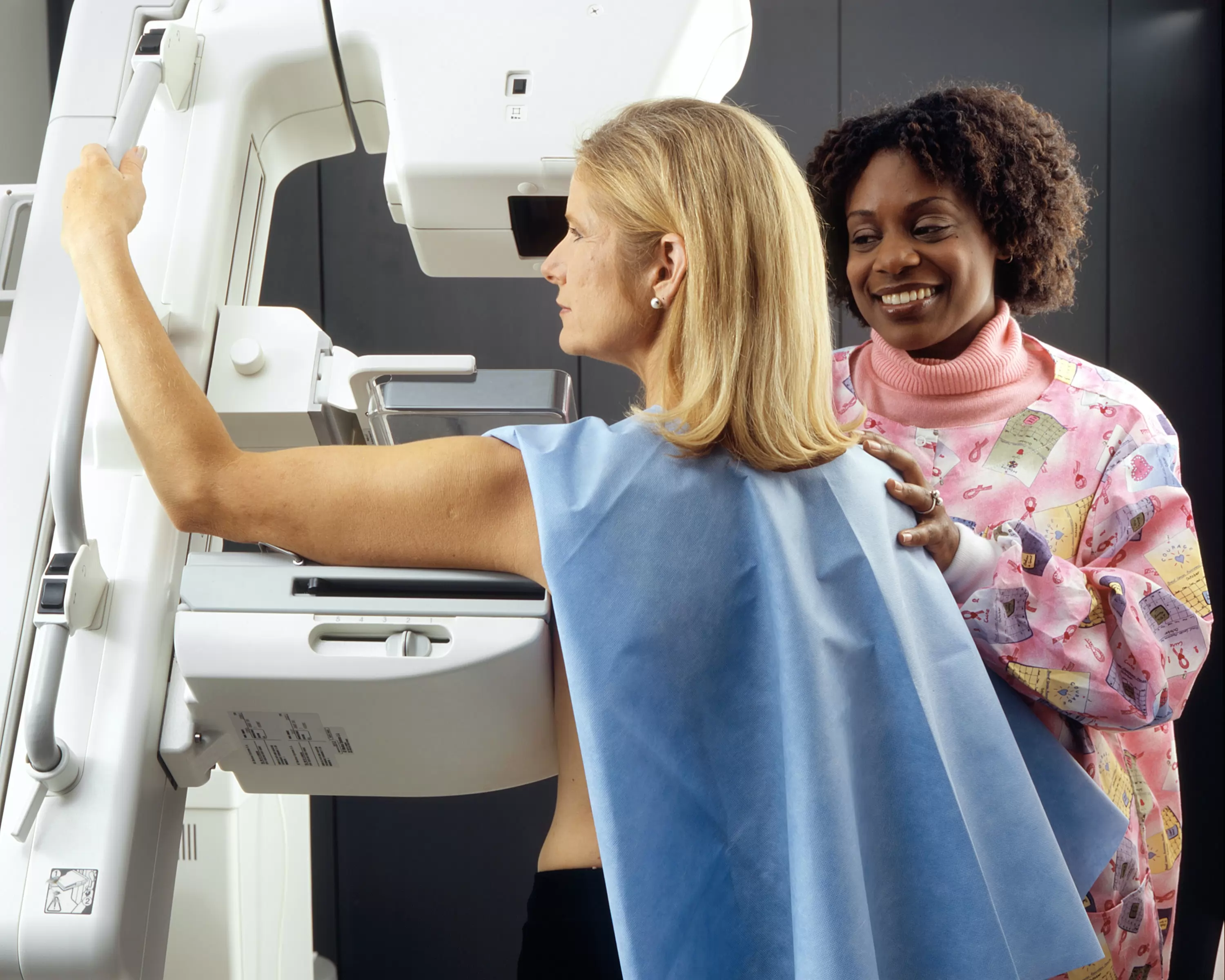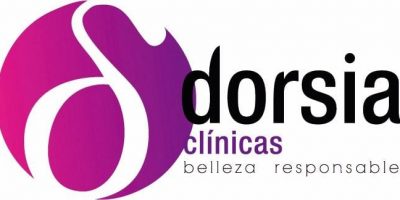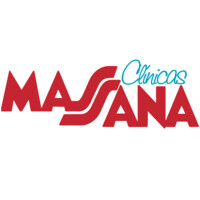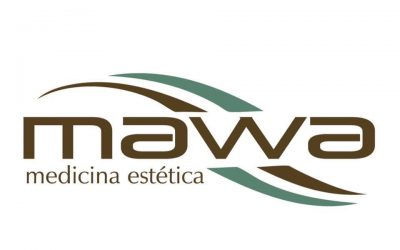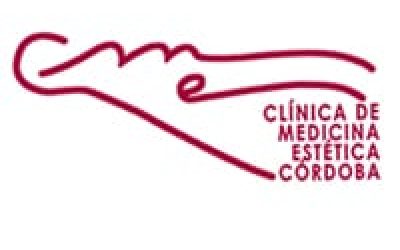Resumen
Since 2020, the global esthetic medicine and plastic surgery market has been witnessing significant growth. Despite the pandemic's initial impact causing a nearly 10% drop in value for Spain's market in 2020 to 2.6 billion euros, recovery was swift with demand picked up in 2021 influenced by factors such as increased personal savings during lockdowns and a shift in social dynamics leading to a heightened focus on virtual appearance. The industry is characterized by a high prevalence of non-surgical procedures, which held a 54.4% share of the global market. In terms of regional dominance, the United States leads with 45% of the sector’s revenue, followed by Europe at 25%, and the Asia-Pacific region at 23%. Technology plays a critical role in the market, with advancements enabling more effective, minimally invasive treatments.
The Spanish market specifically has seen a rise in the popularity of esthetic medicine, with 35.9% of the population using such services, and injectable treatments like botulinum toxin and hyaluronic acid being especially prominent. The market is supported by a professional base of 4,500 to 6,000 practitioners and over 5,000 medical clinics. Demand among younger demographics and a growing acceptance among males are key trends within Spain, suggesting diversity in consumer profiles and sustained market robustness.
Demand for Aesthetic Medicine on the Rise in Spain
Spain has been witnessing a significant surge in the popularity of aesthetic medicine, with an increasing number of the population—ranging from approximately 30.5% to 35.9%—opting for various non-surgical and surgical cosmetic treatments. Women predominantly dominate the market, although male participation has seen a considerable increase in recent years, indicating a broadening appeal across different genders. Facial treatments are the clear frontrunner in the aesthetic medicine arena, accounting for over 70% of procedures, with botulinum toxin (Botox) and hyaluronic acid injections being the most sought-after. On the other hand, treatments such as hair removal, calcium hydroxyapatite injections, and photorejuvenation also make up a significant portion of the market.
One distinct trend is the diversification of demand across different age groups. Younger individuals tend to seek treatments for reasons such as combating cellulite or reducing body fat, whereas older clients generally aim to minimize signs of aging, like hyperpigmentation and wrinkles. Men have shown a particular inclination towards hair treatments, making up nearly one-quarter of all aesthetic procedures among the male demographic. The Spanish aesthetic medicine market isn't just driven by domestic demand but is also buoyed by health and beauty tourism, with Spain positioned as a prime destination in Europe. Despite the setback caused by the global pandemic, the market is showing signs of robust recovery, fueled by increasing savings among the Spanish populace and a heightened demand from younger generations who are influenced by social media portrayals of beauty standards. The cumulative effect of such trends has led to substantial economic implications, with the average spend per clinic visit reaching nearly 1,000 euros. Women, on average, tend to spend slightly more than men, allocating around 573 euros compared to 493 euros for each session. Geographically, there's notable regional variance in market distribution, with autonomous communities like Madrid, Andalusia, Valencia, and Catalonia featuring prominently in terms of the number of authorized aesthetic medicine centers.
In conclusion, the interplay of changing sociocultural dynamics, financial factors, and technological advancements has positioned the aesthetic medicine market in Spain on a trajectory of growth, with a strong tilt towards non-surgical, minimally invasive procedures that promise a combination of natural results and convenience for an increasingly diversified consumer base.
Key Players in the Spanish Aesthetic Medicine and Plastic Surgery Sector The Spanish aesthetic medicine and plastic surgery industry is home to a range of key entities that play various roles in this burgeoning market. From esteemed professional associations to leading equipment manufacturers and prominent medical education institutions, the Spanish market is well-equipped with a robust infrastructure to support growth and innovation. Here's an overarching look at some of the principal players shaping Spain's aesthetic medicine landscape.
Professional Associations and Societies
- One of the cornerstones of the aesthetic medicine community in Spain is the Sociedad Española de Medicina Estética (SEME), the Spanish Society of Aesthetic Medicine. SEME serves as a national umbrella for various regional associations, ensuring that practitioners adhere to a standard of excellence and continuously enhance their expertise in line with evolving global trends. It offers education, sets practice standards, and provides a platform for practitioners to exchange knowledge.
- On a regional level, professional practitioners cluster into various associations dependent on their geographic location. These regional associations are crucial for maintaining a strong network of professionals who abide by the norms and guidelines laid down by SEME. They play a significant role in advocating for the interests of the community, organizing local events, and acting as a nexus for practitioners in their respective areas.
Equipment Manufacturers
- The market for aesthetic medicine is driven in part by innovative equipment manufacturers specializing in injectables, energy-based devices, and cosmeceuticals. These companies are at the forefront of technological advancement, providing the medical fraternity with the tools needed to perform non-invasive and invasive aesthetic procedures safely and effectively.
- Injectable manufacturers are crucial players, providing products like neuromodulators and dermal fillers. These injectables are central to numerous non-surgical procedures popular in Spain, such as botox treatments and volumizing enhancements.
- Energy-based device manufacturers contribute significantly to the arsenal of aesthetic medicine, with offerings across various technologies including laser, light, electromagnetic, ultrasound, cryolipolysis, and suction-based systems. These devices are utilized in a broad spectrum of treatments ranging from hair removal to skin rejuvenation.
- Cosmeceutical suppliers, meanwhile, bridge the gap between traditional cosmetics and pharmaceuticals, offering high-concentration, active ingredient formulas to complement aesthetic procedures. Their products are typically validated through stringent clinical testing and are integral to pre- and post-procedure care.
à la compréhension de ce marché
Contenido detallado
 Información
Información
- Número de páginas : 30 páginas
- Formato : Versión digital y PDF
- Última actualización : 04/05/2022
 Resumen y extractos
Resumen y extractos
1 Market overview
1.1 Definition and scope of study
The esthetic medicine and plastic surgery market comprises several distinct segments:
- Plastic surgery, a technique for reshaping the body by means of surgical interventions to correct a morphological abnormality or the external appearance of a patient's body;
- Esthetic medicine, which represents all non-surgical advice, care and treatment aimed at improving a patient's aesthetic appearance;
- Cosmeceuticals, products located halfway between cosmetics and drugs, which contain active ingredients for a particular dermatological treatment (wrinkles, dark circles, etc.).
Plastic surgery therefore exclusively includes surgical treatments on the patient's body, such as breast surgery, the most popular procedure. Esthetic medicine, on the other hand, can be practiced by general practitioners or specialists. The vast majority of cosmetic medicine procedures involve injections under the skin, for example to reduce wrinkles. Cosmeceuticals are most frequently used to correct skin aging, although their effectiveness has yet to be proven.
The world market for plastic surgery and esthetic medicine is growing rapidly, driven specifically by the dynamism of the Asian region, which is currently the main focus of global demand. However, the market remains largely dominated by the United States and Brazil. This growth can be explained in part by the boom in injectable substances, but also by the renewal of the equipment and technologies required for operations and treatments.
Spain is a country of reference for health and beauty tourism, generating a strong external demand. But this demand is equally strong at the national level, as a growing proportion of the population is using aesthetic medicine treatments: in 2020, 35.9% of the population used these procedures, an increase of +5.4 points in two years. This broadening of the consumer base for aesthetic medicine shows very promising prospects for the future of this market in Spain. [SEME]
1.2 The global market
The larger global aesthetic medicine and surgery market is composed of two segments:
aesthetic medicine (***) aesthetic surgery (***)
The global aesthetic medicine and surgery market was valued at USD **.** billion in **** and is expected to experience a *.*% CAGR until ****, reaching a value of USD **.** billion at the end of the forecasted ...
1.3 The growing Spanish market
It is estimated that there are between *,*** and *,*** professionals practicing aesthetic medicine in Spain as of **** and *,*** medical clinics authorised by the Ministry of Health. At the end of ****, the Spanish aesthetic medicine market was approximated at *.** billion euros, up *.*% from **** [***]. First of all, many Spanish people saw their savings grow ...
1.4 The impacts of the Covid-19 pandemic
While it would be expected that the aesthetics medicine market in Spain would have been negatively impacted by the Covid-** pandemic and the consequences of the lockdowns imposed by the government to contain the spread of the virus, it seems as if the post-lockdown period helped boost the sector.
On average, ...
2 Demand Analysis
2.1 The growing popularity of aesthetics medicine in Spain
The popularity of aesthetics medicine among the Spanish has been growing strongly in recent years. In fact, between **** and ****, the percentage of the population using these services grew from **.*% to **.*% [***].
Percentage of the Spanish population using aesthetic medicine Spain, ****-****, in % of total population Source: ****
There are three main factors that ...
2.2 The most popular treatments
More than half of the patients of aesthetic medicine in Spain use this sort of treatment for their faces exclusively. **% use aesthetic medicine for both the face and body, and the rest use it only for their bodies [***].
Distribution of aesthetic medicine treatments by type Spain, ****, in % Source: ****
To show the ...
2.3 The reasons for using aesthetics medicine
In general, the main reasons why the Spanish use aesthetics medicine are to improve their appearance and to look good. However, the purpose of these treatments tends to vary depending on the age of the person getting the treatment.
The younger Spaniards use aesthetics medicine to increase their self-esteem and to ...
2.4 The consumers of aesthetic medicine
Aesthetic medicine is much more popular among women than men, although this has been changing. The number of men using these sorts of treatments in Spain has been growing strongly in recent years.
As of ****, * out of ** Spanish women, and * out of ** Spanish men, are consumers of aesthetic medicine.
When it ...
3 Market structure
3.1 A market structured around equipment manufacturers and practitioners
The aesthetic medicine value chain includes several steps. First, raw materials are supplied to the equipment manufacturers, which transform them to produce the medical equipment. The latter is then bought by doctor facilities, hospitals and aesthetic medicine centers and it is finally used to perform a non-surgical procedure on the end ...
3.2 Where aesthetics medicine practice takes place
Aesthetics medicine is a practice that tends to be mostly private in Spain, so it is not a medical speciality of the MIR (***). The Autonomous Communities of Spain are in charge of authorising those centres that can offer aesthetic medicine services, guaranteeing compliance with the specific epigraph U.**.
It is estimated ...
3.3 Geographical distribution
In Spain, the practitioners of aesthetics medicine are grouped in associations by the region in which they operate in. These associations are all affiliated to SEME (***). Below are all the associations that exist in Spain.
Source: ****
4 Analysis of the offer
4.1 The treatments and techniques used in aesthetic medicine
There is a wide range of techniques and treatments used in aesthetic medicine in Spain. The Spanish Society of Aesthetic Medicine (***) outlines the main techniques and treatments available.
Source: ****
4.2 Price analysis
Non-surgical procedures
Surgical procedures
Here are the prices of the most common procedures according to the sex of the patient
5 Regulation
5.1 Regulations
The regulations governing the practice of aesthetics medicine in Spain are set out in the standard UNE-EN *****:****+A*:**** - "Aesthetic Medical Services and Non-Surgical Medical Treatments" [***].
This is a European regulation that regulates the quality of Aesthetic Medicine services in its entirety, such as the training required for the professionals who ...
6 Positioning of the players
6.1 Segmentation
- Clínica Dorsia Cirugía y Medicina Estética
- Clínica Estética Massana Burgos
- Clinica Medicina Estetica Majadahonda - MAWA CLINIC
- Eternal Beauty Clínica Centro De Estética
- Clínica Medicina Estética Córdoba
- SEME (Sociedad Española de Medicina Estética)
Todos nuestros estudios están disponibles en línea en formato PDF
Eche un vistazo a un ejemplo de nuestro estudio sobre otro mercado.
Empresas citadas en este estudio
Este estudio contiene una visión completa de las empresas del mercado, con las últimas cifras y noticias de cada empresa :
 Elegir este estudio significa :
Elegir este estudio significa :
Acceso a más de 35 horas de trabajo
Nuestros estudios son el resultado de más de 35 horas de investigación y análisis. Utilizar nuestros estudios le permite dedicar más tiempo y valor añadido a sus proyectos.
Benefíciese de 6 años de experiencia y más de 1.500 estudios sectoriales ya elaborados
Nuestra experiencia nos permite elaborar estudios completos en todos los sectores, incluidos los nichos y los mercados emergentes.
Nuestros conocimientos y metodología nos permiten elaborar estudios con una relación calidad-precio única.
Acceso a varios miles de artículos y datos de pago
Businesscoot tiene acceso a toda la prensa económica de pago, así como a bases de datos exclusivas para realizar sus estudios de mercado (más de 30.000 artículos y fuentes privadas)
Para mejorar nuestras investigaciones, nuestros analistas también utilizan indicadores web (semrush, trends, etc.) para identificar las tendencias del mercado y las estrategias de las empresas. (Consulte nuestras fuentes de pago)
Soporte garantizado después de su compra
Un equipo dedicado al servicio posventa, para garantizarle un alto nivel de satisfacción. (+33) 9 70 46 55 00
Un formato digital pensado para nuestros usuarios
No sólo tiene acceso a un PDF, sino también a una versión digital diseñada para nuestros clientes. Esta versión le permite acceder a las fuentes, a los datos en formato Excel y a los gráficos. De este modo, podrá recuperar fácilmente el contenido del estudio y adaptarlo a sus medios.
 Nuestras ofertas :
Nuestras ofertas :
the aesthetic medicine market | Spain
- ¿Cuáles son las cifras sobre el tamaño y el crecimiento del mercado?
- ¿Qué está impulsando el crecimiento del mercado y su evolución?
- ¿Cuál es el posicionamiento de las empresas en la cadena de valor?
- ¿En qué se diferencian las empresas del mercado?
- Datos procedentes de varias docenas de bases de datos
Pacote de 5 estudios (-15%) ES Spain
- 5 informes a 75,6 euros sin IVA por estudio a elegir de nuestro catálogo español durante 12 meses
- Ahorre un 15% en la compra de estudios adicionales
- Opte por la devolución del crédito no utilizado al final del periodo de 12 meses (duración del pack)
Consulte las condiciones del pack y el reembolso del crédito no utilizado.
